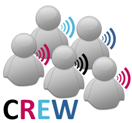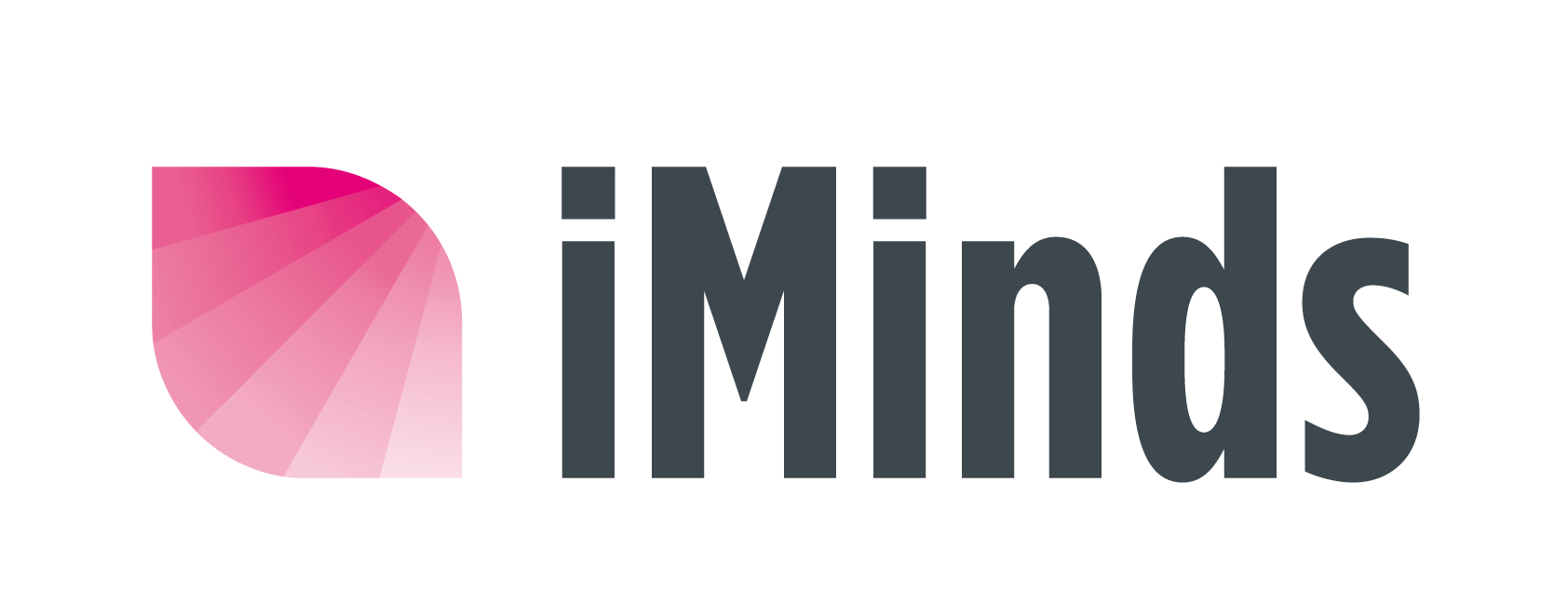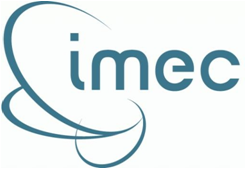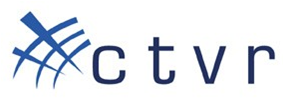Open call 1 - results
Selection procedure
The first open call closed on October 19, 2011 at 17:00 Brussels time. The CREW project received 18 proposals, (co-)submitted by 24 proposers.
Although most proposals were sent by universities and research institutes, we also received 2 proposals from industry and 1 from a governmental department.
Proposals were received from Spain, Germany, Brazil, Greece, India, Italy, UK, Australia, Belgium, Ireland, The Netherlands, Poland, Portugal and Sweden. Some statistics on the budget are found below:
- Total request for funding: EUR 2 156 352 (oversubscription factor: 5.39)
- minimum requested funding per proposal: EUR 53 809
- maximum requested funding per proposal: EUR 192 014
- average requested funding per proposal: EUR 119 797
We received a high number of good quality proposals. However, due to the limited budget, only three proposers, those that were ranked highest after a thorough review process by external independent reviewers, will receive funding as a result of the first CREW open call:
- Tecnalia Research & Innovation
- University of Durham
- Ilmenau University of Technology
The CREW project thanks all proposers for their efforts. We want to congratulate the three selected partners again for becoming partners of the CREW project and for perfectly completing their nice experiments!
The final results of these experiments are explained briefly in the videos below, alongside their testimonials about their conducted experiments.
Experiment by Tecnalia Research & Innovation
Title: Collaborative spectrum sensing
- Collaborative spectrum sensing is needed in order to draw the spectrum occupation map in a reliable way.
- The data fusion solution based in a Linear Statistical Combination with Harmony Search optimization clearly outperforms the other tested ones.
- Further experimentation in an outdoor scenario are needed in order to answer the following questions:
- How many sensors per square meter are needed for an optimal sensing?
- How must be they (the sensors) deployed?
- How long should the scan period be?
- An appropriate mechanism for accessing the sensing network must be designed, i.e. how is the communication between the sensors and the decision node achieved?
- How is the information in the data base stored? In which format?
Experiment by University of Durham
Title: Device sensitivity and environment measurements
What is the most striking output from the experiment?
Experiment by Ilmenau University of Technology
- The overall issue of random-access MAC implementation on state-of-the-art SDR hardware (i.e. USRP) still remains pretty much open. So this could be interesting.
- Further integration of spectrum sensing for detection of other users including ourselves and possibly other techniques on the same frequency band.












